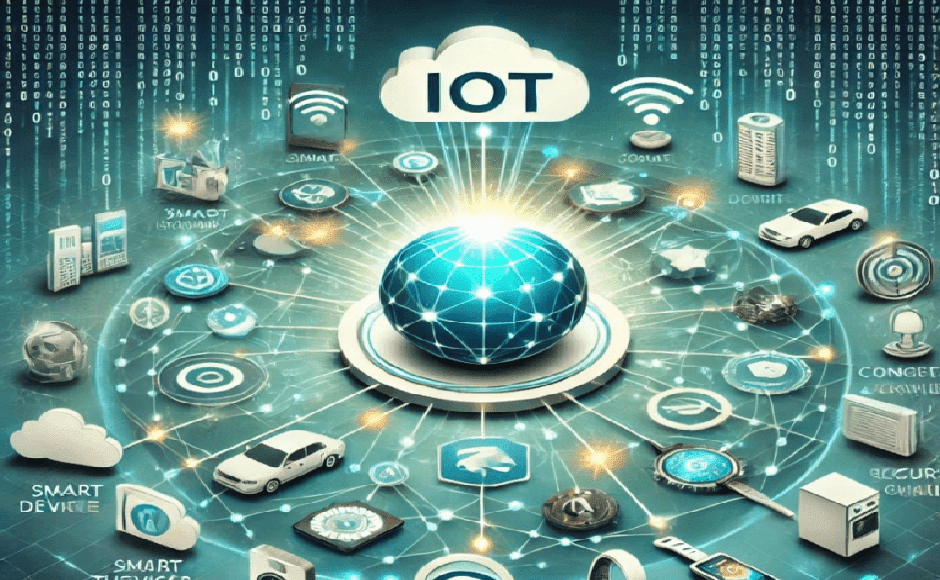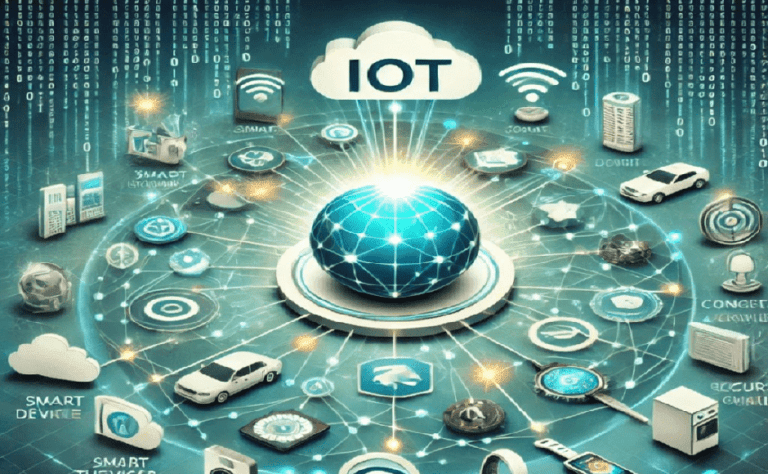The Internet of Things (IoT) and Its Transformative Impact on Telecom Networks

The Internet of Things (IoT) is revolutionizing how we live and work by connecting everyday objects to the Internet, allowing them to send and receive data. This interconnected network is not only transforming industries but also reshaping the very fabric of telecom networks. In this blog, we will explore the transformative impact of IoT on telecom networks, focusing on its implications, challenges, and the future it promises.
Understanding IoT and Its Components
What is IoT?
Telecom networks play a crucial role in IoT, serving as the backbone that enables the seamless exchange of data between connected devices. These networks provide the necessary connectivity and infrastructure for IoT to function, making them an integral part of the IoT ecosystem.
Key Components of IoT
- Sensors and Devices: The physical hardware that collects data from the environment.
- Connectivity: The network connects devices and enables data exchange.
- Data Processing: The analysis and processing of collected data to derive actionable insights.
- User Interface: The platform through which users interact with IoT devices and control their functions.
IoT’s Role in Transforming Telecom Networks
Increased Network Demand
The proliferation of IoT devices has led to an exponential increase in data traffic. Telecom networks must adapt to handle this surge, requiring bandwidth, latency, and reliability advancements. As billions of devices connect to the internet, telecom providers must upgrade their infrastructure to support this demand.
Deployment of 5G Networks
The rollout of 5G technology is a game-changer for IoT. With its ultra-low latency, higher data transfer speeds, and capacity to connect a massive number of devices simultaneously, 5G enables real-time communication and expands the possibilities of IoT applications. Telecom operators are investing heavily in 5G to support IoT’s growth.
Network Virtualization and Edge Computing
Network virtualization and edge computing are two key technologies that are gaining prominence in the context of IoT. Network virtualization allows the creation of multiple virtual networks on a single physical network, while edge computing involves decentralizing processing power closer to the data source. By enabling flexible resource allocation and reducing latency, these technologies enhance the efficiency of data processing. They are being increasingly adopted by telecom networks to support IoT applications that require instant data processing and minimal delay.
Challenges Faced by Telecom Networks
Security Concerns
With the increasing number of connected devices, telecom networks’ security is a significant concern. IoT devices often have limited computing resources, such as minimal processing power, memory, and storage capacity, which restrict their ability to run complex security protocols. This makes them vulnerable to cyber-attacks. Telecom providers must implement robust security measures to protect the network and the data transmitted by IoT devices.
Interoperability Issues
Different companies manufacture IoT devices and often use varying communication protocols. Ensuring seamless interoperability between these devices poses a significant challenge for telecom networks. Standardization efforts are underway, but achieving universal compatibility remains a work.
Scalability
As IoT devices grow, telecom networks must scale efficiently to accommodate this expansion. This involves upgrading infrastructure, optimizing network resources, and adopting new technologies to maintain performance and reliability.
The Future of IoT and Telecom Networks
Smart Cities and Infrastructure
IoT is paving the way for developing smart cities, where interconnected devices optimize urban infrastructure and services. From intelligent traffic management to efficient waste disposal, telecom networks will play a crucial role in enabling these innovations by providing reliable connectivity and data analytics.
Industrial IoT (IIoT) and Automation
IoT is driving automation and efficiency in industries such as manufacturing, agriculture, and logistics. Telecom networks facilitate this transformation by providing connectivity and real-time data processing capabilities. IIoT applications are expected to revolutionize production processes and supply chains, increasing productivity and reducing costs.
Enhanced Consumer Experiences
IoT is enhancing consumer experiences by enabling personalized services and intelligent solutions. From connected cars to wearable health devices, telecom networks are at the forefront of delivering these experiences by ensuring seamless connectivity and data integration.
Conclusion
The Internet of Things is reshaping telecom networks in profound ways. IoT is set to transform industries, improve efficiency, and enhance our daily lives by driving technological advancements and creating new opportunities. Telecom networks are evolving to meet the demands of this interconnected future, investing in infrastructure, security, and innovation to support the growing ecosystem of IoT devices. As we move forward, the collaboration between IoT and telecom will continue to unlock new possibilities and revolutionize how we connect and communicate.
Recent Blogs
Digital plus solutions is a very hard-working and dedicated custom software development and telecom solution provider, which employs expert talent in technology to provide solutions to all types of industries, from small to big.
Telecom Services
Software Solutions
Subscribe Now
To connect with us




